Table of content
Baozi, often referred to as Chinese steamed buns, are a beloved staple in Chinese cuisine. These soft, fluffy parcels filled with savory or sweet fillings have captured hearts globally, thanks to their comforting texture and versatile flavors. Whether you’re a seasoned home cook or a curious beginner, mastering the art of baozi-making opens the door to a world of culinary creativity. This comprehensive guide will walk you through every step of the process, from preparing the dough to assembling and steaming these delicate treats. By the end, you’ll have the skills to craft baozi that rival those from your favorite dim sum restaurant.
Understanding Baozi: A Brief Overview
Baozi are steamed buns made from a simple yeast-leavened dough, typically filled with ingredients like seasoned ground meat, vegetables, or even red bean paste for sweet variations. Their appeal lies in their contrasting textures—a pillowy exterior giving way to a flavorful, moist filling. The process of making baozi involves patience and precision, but the results are deeply rewarding.
Ingredients You’ll Need
Before diving into the recipe, gather the following ingredients. For clarity, we’ll divide them into dough components and filling options.
Dough Ingredients
- All-purpose flour (500g): The base of the dough, providing structure and softness.
- Instant yeast (7g) or active dry yeast (10g): To leaven the dough and create airy pockets.
- Sugar (1 tbsp): Feeds the yeast and adds a subtle sweetness.
- Warm water (250-270ml): Activates the yeast and hydrates the dough.
- Baking powder (1 tsp, optional): Enhances rising and softness (common in some recipes).
- Neutral oil (1 tbsp, optional): Adds moisture and tenderness.
Filling Options
Savory Pork & Cabbage Filling
- Ground pork (300g)
- Napa cabbage (1 cup, finely shredded)
- Scallions (2, minced)
- Ginger (1 tsp, grated)
- Soy sauce (1 tbsp)
- Sesame oil (1 tsp)
- White pepper (¼ tsp)
- Salt (½ tsp)
Vegetarian Option: Spicy Tofu & Mushroom
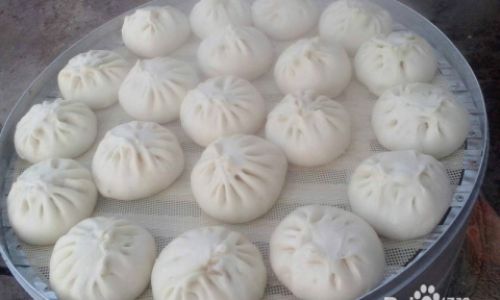
- Firm tofu (200g, crumbled)
- Shiitake mushrooms (4, dried, rehydrated and minced)
- Garlic (2 cloves, minced)
- Soy sauce (1 tbsp)
- Chili oil (1 tsp, adjust to taste)
- Sesame oil (1 tsp)
- Salt (¼ tsp)
Step 1: Preparing the Dough
The dough is the foundation of perfect baozi. Achieving the right balance of softness and elasticity is key.
-
Activate the Yeast
In a small bowl, combine warm water (around 40°C/105°F), sugar, and yeast. Stir gently and let sit for 5–10 minutes until frothy. This step ensures the yeast is active. -
Mix the Dough
In a large mixing bowl, combine flour and baking powder (if using). Create a well in the center and pour in the yeast mixture. Stir with a wooden spoon or your hands until a shaggy dough forms. If using oil, knead it in during this stage. -
Knead the Dough
Turn the dough onto a lightly floured surface. Knead for 8–10 minutes until smooth and elastic. The dough should spring back when pressed. If it feels sticky, add flour 1 tbsp at a time; if too dry, sprinkle with water. -
First Rise
Place the dough in a lightly oiled bowl, cover with a damp cloth or plastic wrap, and let rise in a warm spot for 1–1.5 hours, or until doubled in size.
Step 2: Preparing the Filling
While the dough rises, prepare your filling. The key to a great filling is even seasoning and moisture control.
For Pork & Cabbage Filling
- Salt the shredded cabbage with ¼ tsp salt and let sit for 10 minutes. Squeeze out excess moisture to prevent sogginess.
- In a bowl, combine ground pork, cabbage, scallions, ginger, soy sauce, sesame oil, white pepper, and salt. Mix vigorously until sticky and well-combined.
- For extra flavor, cook a small portion of the filling in a pan and adjust seasoning if needed.
For Spicy Tofu & Mushroom Filling
- Sauté garlic in a pan with oil until fragrant. Add crumbled tofu and mushrooms, cooking until lightly browned.
- Stir in soy sauce, chili oil, and sesame oil. Season with salt and let cool completely before using.
Step 3: Assembling the Baozi
This step requires precision but becomes intuitive with practice.
-
Portion the Dough
Once risen, punch down the dough to release air. Roll into a log and divide into 12–14 equal pieces (about 40g each). Cover with a damp cloth to prevent drying. -
Roll the Wrappers
Take one piece of dough and flatten it into a disc. Using a rolling pin, roll the edges thinner than the center, creating a slight “bowl” shape. The wrapper should be 3–4 inches in diameter.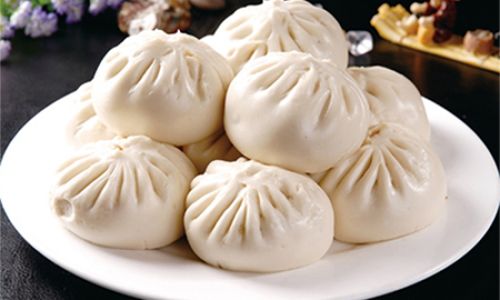
-
Fill and Pleat
- Hold a wrapper in your palm. Add 1–1.5 tbsp of filling to the center.
- Using your dominant hand, pinch the edge of the dough and create a pleat, folding it toward the center. Continue pleating clockwise, sealing the dough around the filling.
- Twist and pinch the top to seal. Aim for 12–16 pleats per bun for a classic look.
Step 4: Steaming the Baozi
Steaming is where the magic happens—transforming raw dough into pillowy perfection.
-
Prepare the Steamer
Line a bamboo or metal steamer basket with parchment paper or cabbage leaves to prevent sticking. Arrange the baozi 2 inches apart to allow room for rising. -
Second Rise (Optional)
Let the shaped baozi rest for 15–20 minutes in a warm area. This step yields lighter buns but can be skipped if short on time. -
Steam
Bring water to a rolling boil in a wok or pot. Place the steamer over the water, cover, and steam for 12–15 minutes (10 minutes for smaller buns). Avoid opening the lid during steaming to prevent collapse. -
Cool Slightly Before Serving
Turn off the heat and let the baozi sit for 2–3 minutes before uncovering. This prevents sudden temperature changes from shrinking the buns.
Tips for Perfect Baozi
- Dough Consistency: The dough should be smooth, not tacky. Adjust flour/water as needed.
- Filling Moisture: Overly wet fillings can cause burst buns. Sauté vegetables first to remove excess liquid.
- Pleating Practice: Don’t worry about imperfect pleats—they’ll still taste delicious. Focus on sealing the buns tightly.
- Storage: Freeze uncooked baozi on a tray, then transfer to a freezer bag. Steam directly from frozen for 18–20 minutes.
Serving Suggestions
Baozi are incredibly versatile. Serve them with:
- Dipping sauces (soy sauce, chili oil, black vinegar).
- Pickled vegetables or pickled ginger.
- Congee (rice porridge) for a hearty breakfast.
- As part of a dim sum spread alongside dumplings and spring rolls.
Troubleshooting Common Issues
- Collapsed Buns: Oversteaming or opening the lid too soon. Stick to the recommended times.
- Dense Texture: Underkneaded dough or expired yeast. Ensure the dough is elastic and yeast is active.
- Sticky Bottoms: Use parchment paper or a well-oiled steamer.
- Uneven Rising: Inconsistent oven temperature during proofing. Use a warm (but not hot) spot.
Exploring Variations
Once you’ve mastered the basics, experiment with fillings and shapes:
- Sweet Fillings: Red bean paste, lotus seed paste, or custard.
- Unique Savory Options: Curry chicken, kimchi pork, or shrimp and chive.
- Colorful Dough: Add natural dyes like beet juice (pink) or spinach puree (green).
The Cultural Significance of Baozi
Beyond their culinary appeal, baozi hold cultural importance. Often served during festivals, family gatherings, and celebrations, they symbolize prosperity and togetherness. In some regions, baozi are offered as ritual offerings to ancestors, blending tradition with everyday life.
Conclusion: The Joy of Homemade Baozi
Making baozi is a labor of love, but the process is as rewarding as the result. Each bite of a freshly steamed bun, with its tender wrapper and flavorful filling, is a testament to patience and craftsmanship. Whether you’re sharing them with loved ones or savoring them solo, homemade baozi bridge cultures and generations. So roll up your sleeves, embrace the occasional imperfect pleat, and enjoy the delicious journey of mastering this timeless dish.
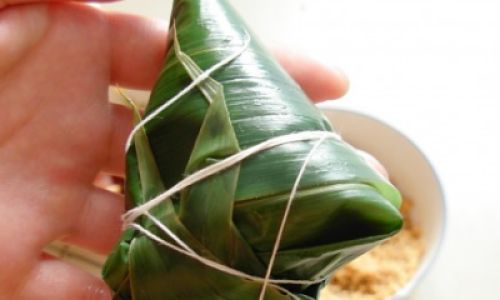
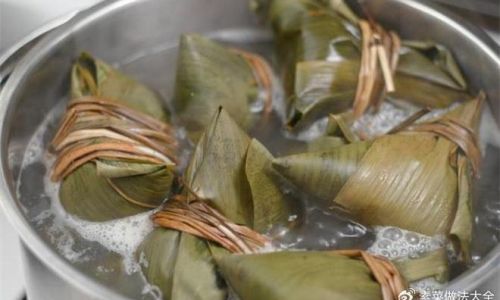
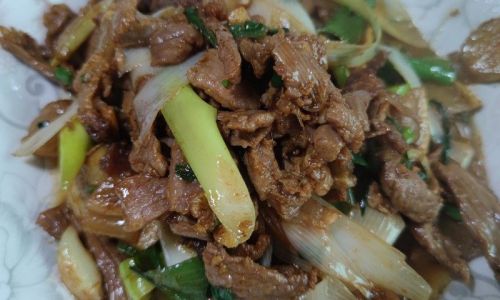

0 comments